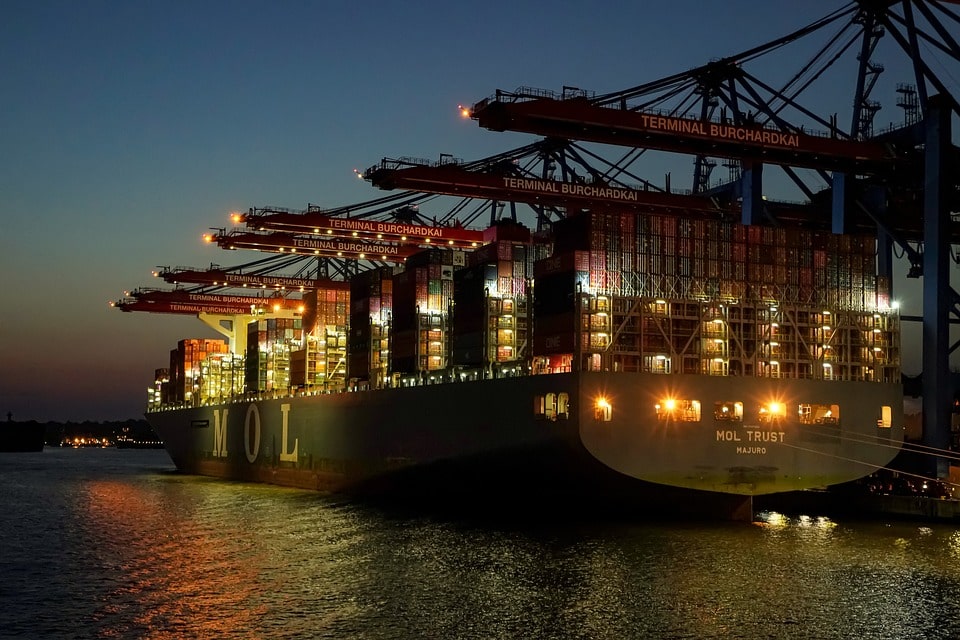- Home
- About
- Industries
-
Services
-
Custom Software Development
Bespoke applications tailored to your unique logistics business needs.
-
Data Engineering
Build robust systems for collecting, storing, and analysing large volumes of data.
-
Bi & Visualisation
Transforming logistics data into actionable insights through interactive dashboards and reports.
-
Data Science Advance Analytics, AI ML
Leveraging data science, advanced analytics, and machine learning to drive data-driven decision-making.
-
Enterprise Integrations
Integrating logistics through seamless communication and partner connectivity.
-
Cloud and Devops
Cloud infrastructure and DevOps for scalable, efficient, and resilient logistic operations.
-
Managed Services
IT support and maintenance ensuring smooth operations while you focus on business growth.
-
Hyperautomation
Orchestrating multiple cutting-edge solutions for intelligent logistic processes
-
Vida Peppol Integrations
Simplify global trade with secure document exchange, digitally.
-
Custom Software Development
-
Domain capabilities
-
Document Extraction
Automate document extraction, reading and comparison of any logistic document in ant format or from any source.
-
Shipment Visibility
Take control of your shipments with precise real-time insights into your their status and location.
-
Risk Monitoring
Proactively identify the impact of potential disruptions on shipments and assets in real time.
-
Drayage and yard man
Optimize in-terminal operations for efficient gate-in and gate-out movement.
-
Carrier selection and booking
Find the best rates and routes for your shipments, all in one dashboard.
-
Predict ETA
Gain accurate estimated arrival times for better planning.
-
Freight Audit
Untangle complex billing: Auto verify invoices and identify cost-saving opportunities.
-
Quotation Management
Easily request, compare, and manage quotes from carriers.
-
Contract Management
Simplify contract creation, negotiation, and tracking.
-
Bill of Lading
Optimize the approval/rejection process and tracking for a high volume of Bill of Lading (BOL) documents.
-
Document Extraction
- Resources


